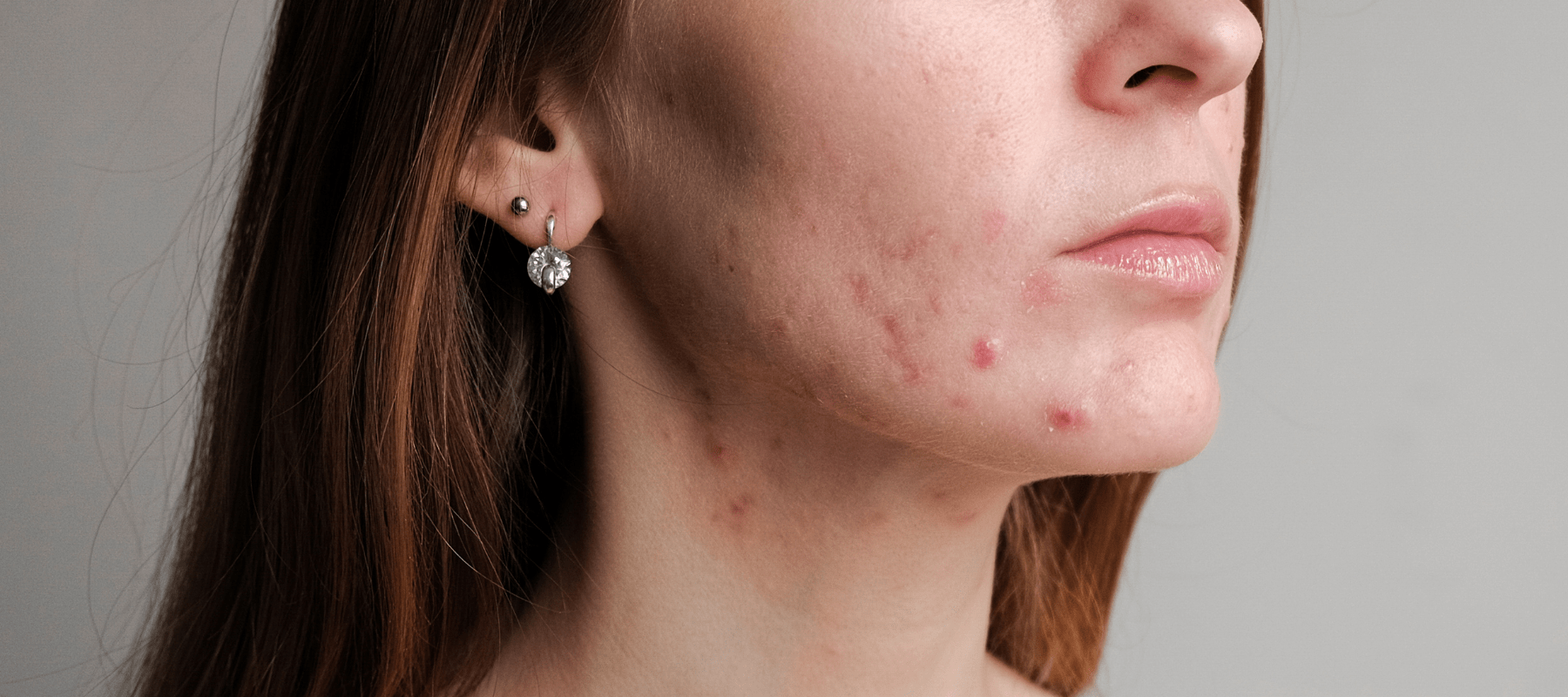
Papular Acne: Understanding Causes, Symptoms, and Effective Treatment
Acne, a prevailing skin ailment, affects thousands of people globally, inducing bodily and emotional distress. Among the various kinds of blemishes, papular acne is one of the most widespread and bothersome forms. In this article, we will analyze what papular acne is, how to identify its symptoms and explore practical treatment options to help you attain clear and robust skin.
What is Papular Acne?
Papular acne is a distinct type of acne vulgaris, the scientific term for ordinary zits. It happens when hair follicles become blocked with surplus sebum, dead skin units, and microbes, leading to the production of limited, red bumps on the skin's exterior. Unlike whiteheads or blackheads, papular acne does not consist of pus, making it dissimilar from its counterparts.
Identifying the Symptoms of Papular Acne
Perceiving papular acne is critical to address it swiftly. The basic symptom is the presence of narrow, elevated, and swollen crimson bumps on the skin, usually near the face, neck, rib cage, and back. These bumps can be sensitive to contact and are frequently followed by bland pain or irritation. Individuals with papular acne may also encounter occasional scratching or a perception of tightness in the troubled regions. In some cases, the bumps might arrive in clusters, further infuriating the condition's appearance.
Treatment for Papular Acne
Dealing with papular acne can be frustrating, but fortunately, several effective papular acne treatments are available to help combat this skin condition and restore clear skin.
Cleansing and Topical Treatments
A persistent skincare routine is fundamental in handling papular acne. Gentle cleaning with a bland, non-comedogenic cleanser can help discard surplus oil and dirt without further annoying the skin. Topical cures containing elements like benzoyl peroxide, salicylic acid, or retinoids may be beneficial in lowering swelling, unclogging pores, and averting new papules from developing.
Avoid Squeezing or Popping
While it might be tempting to squeeze or pop papules to speed up the healing process, it can worsen the condition and lead to scarring. Hands can transfer bacteria to the already inflamed area, causing further complications. It is best to resist the urge to touch or manipulate the acne-affected skin.
Also read: What to do After Accidentally Popping a Pimple?
Oral Medications
For more acute cases of papular acne, dermatologists may specify oral medicines to aim the bacteria leading to the redness. Additionally, hormonal therapies like oral contraceptives or anti-androgen medicines may be recommended for acne that is hormonally compelled.
Light Therapy
In the current age, light therapies such as blue light and photodynamic therapy (PDT) have displayed encouraging results in lowering papular blemishes. These treatments work by targeting the microorganisms causing blemishes, helping to clarify the skin.
Chemical Peels
Dermatologists may advise chemical peels as a cure alternative for papular zits. These peels help flake off the skin, clear away pores, and reduce swelling, leading to enhanced skin quality and appearance.
Lifestyle Changes
Certain lifestyle alterations can enhance the overall management of papular acne. Adapting a counterbalanced diet, staying hydrated, supervising stress levels, and getting adequate sleep can all have beneficial effects on skin well-being.
The Pink Foundry's Acne Care & Healing Moisturiser is a remarkable solution for combating acne and promoting skin healing. With its unique blend of active ingredients, this moisturizer addresses the root causes of acne while soothing inflammation and irritation. Developed with non-comedogenic and skin-nourishing elements, it hinders pore clogging and disproportionate oil production, decreasing the prospect of new breakouts. The moisturizer's restorative features aid in repairing flawed skin, keeping skin hydrated and bringing back a smooth, glowing appearance.
Its lightweight and non-oily composition makes it appropriate for all skin types, assuring comfortable use throughout the day. For those searching for a powerful and mild cure for acne concerns, The Pink Foundry's Acne Care & Healing Moisturiser is prominent as a trustworthy and rewarding option, giving clear and healthy skin outcomes.
Conclusion
Papular acne can be a distressing skin condition, affecting individuals' self-esteem and confidence. Understanding the causes, symptoms, and available treatments is vital in effectively managing this common type of acne. A combination of proper skin care, avoiding self-squeezing or popping, and seeking medical advice when necessary can help in the battle against papular acne.
Remember, each person's skin is unique, and what works for one may not work for another, so patience and persistence are essential. Always consult a dermatologist for personalized guidance and recommendations tailored to your skin needs. With the right approach and care, achieving clear and healthy skin is possible, allowing you to put your best face forward.
FAQs:
1. What is papular acne?
Papular acne is a type of acne characterized by small, red, inflamed bumps without pus.
2. How can I identify papular acne?
Look for small, raised red bumps on the skin, often sensitive and without pus.
3. Can I squeeze papular acne?
Avoid squeezing or popping to prevent worsening and potential scarring.
4. How to treat papular acne?
Treatments include topical medications, oral antibiotics, light therapy, and chemical peels.
5. When should I consult a dermatologist?
Consult a dermatologist for stern or constant cases of papular acne for a personalized cure.






















































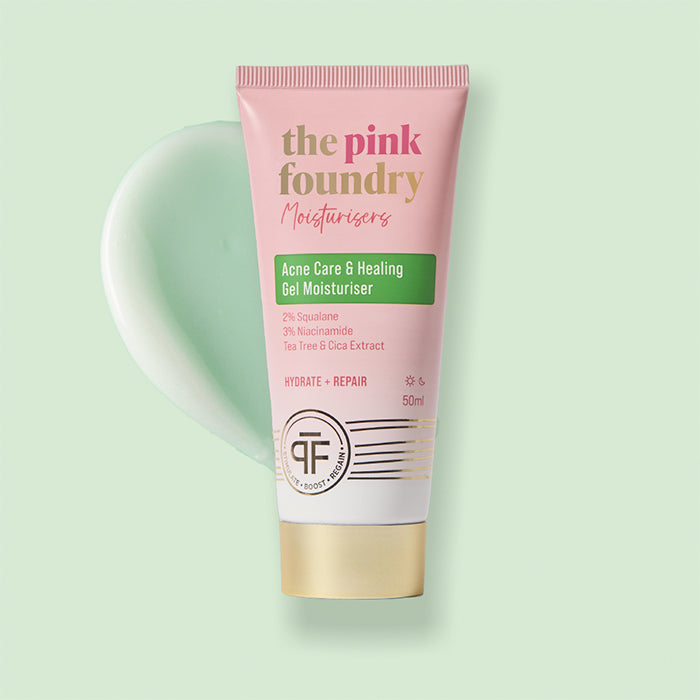
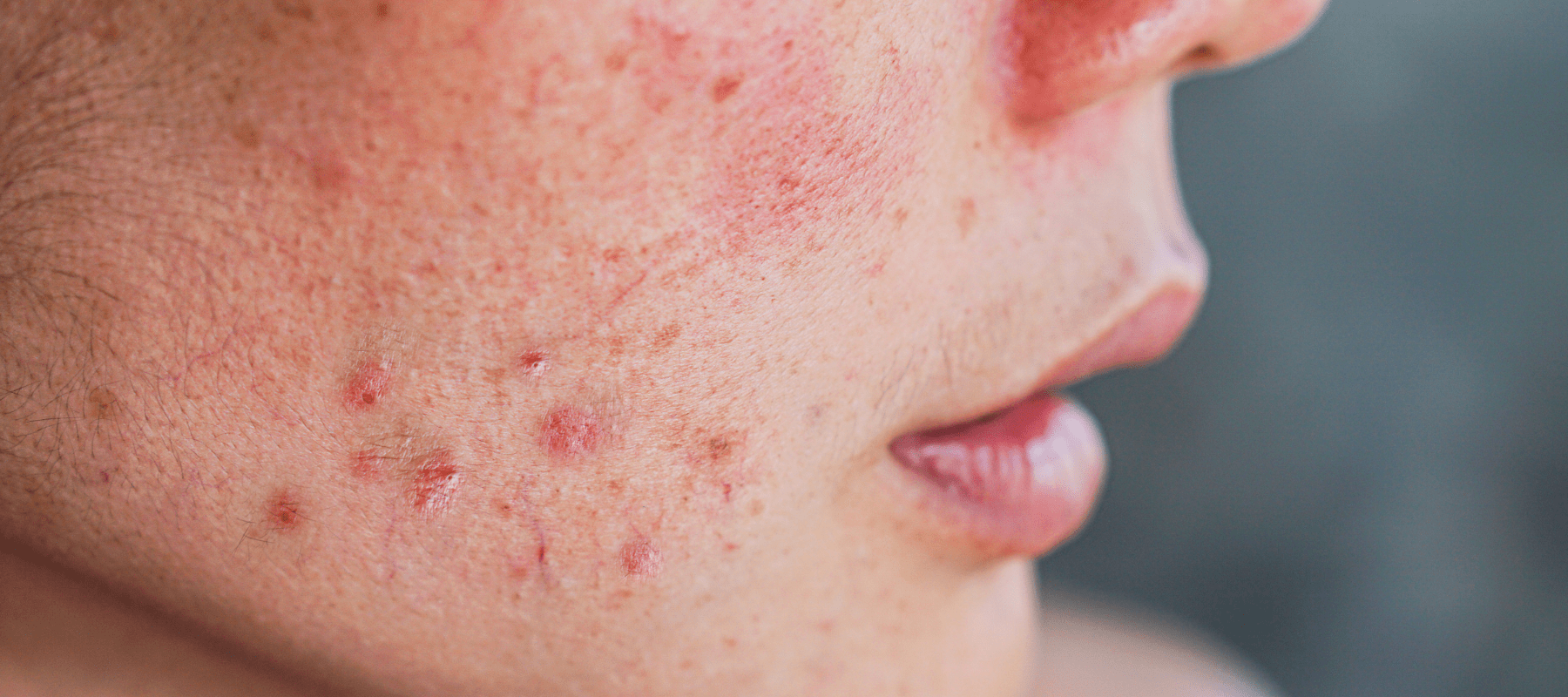
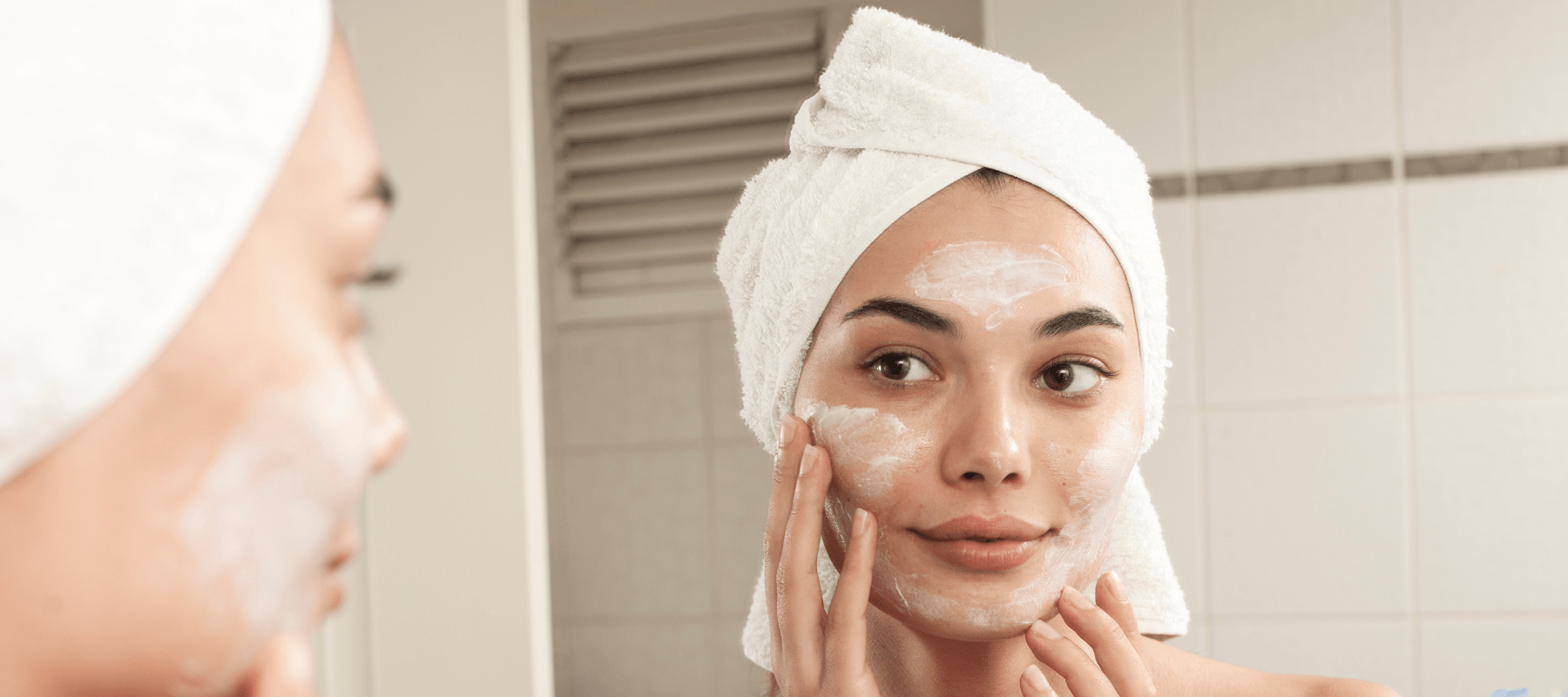
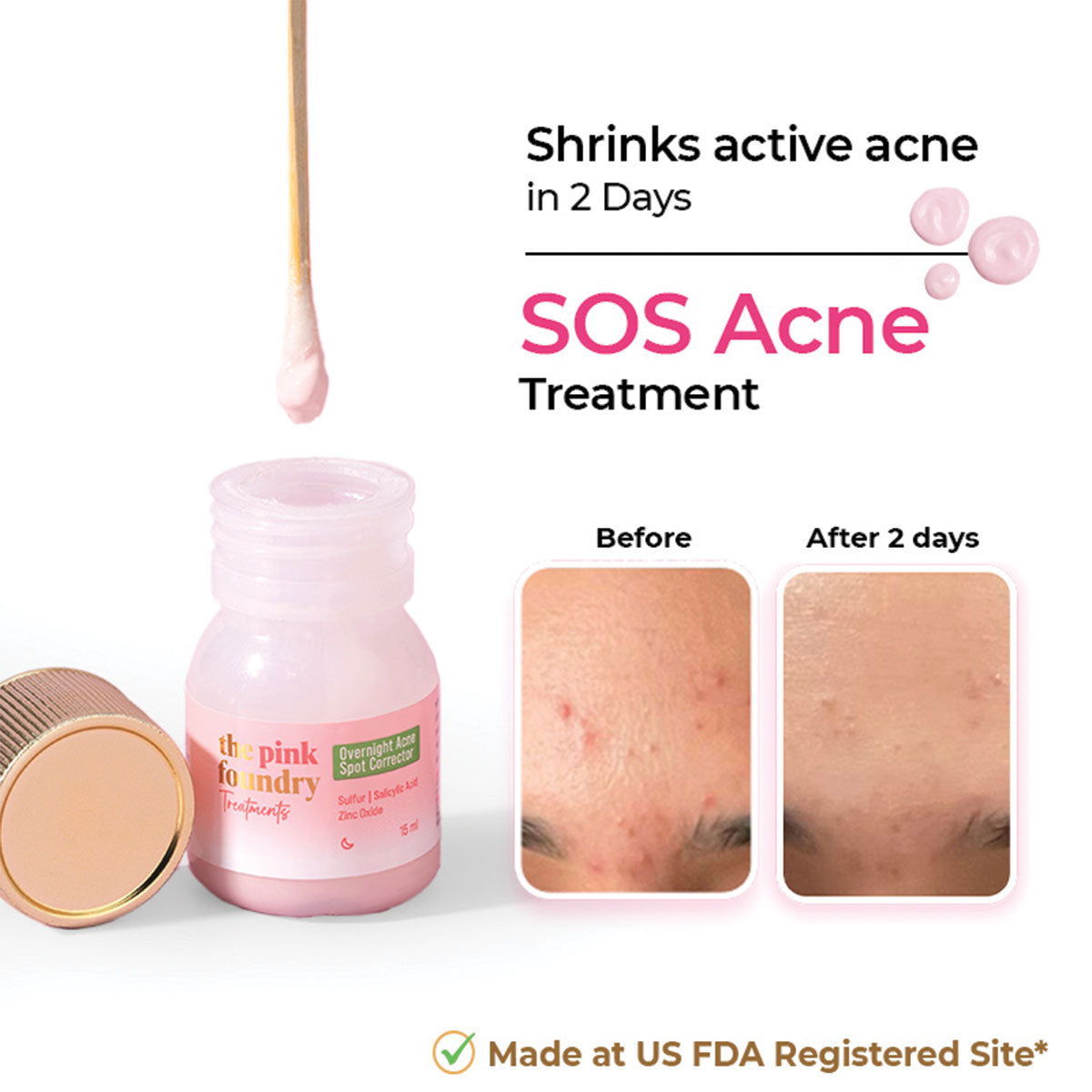
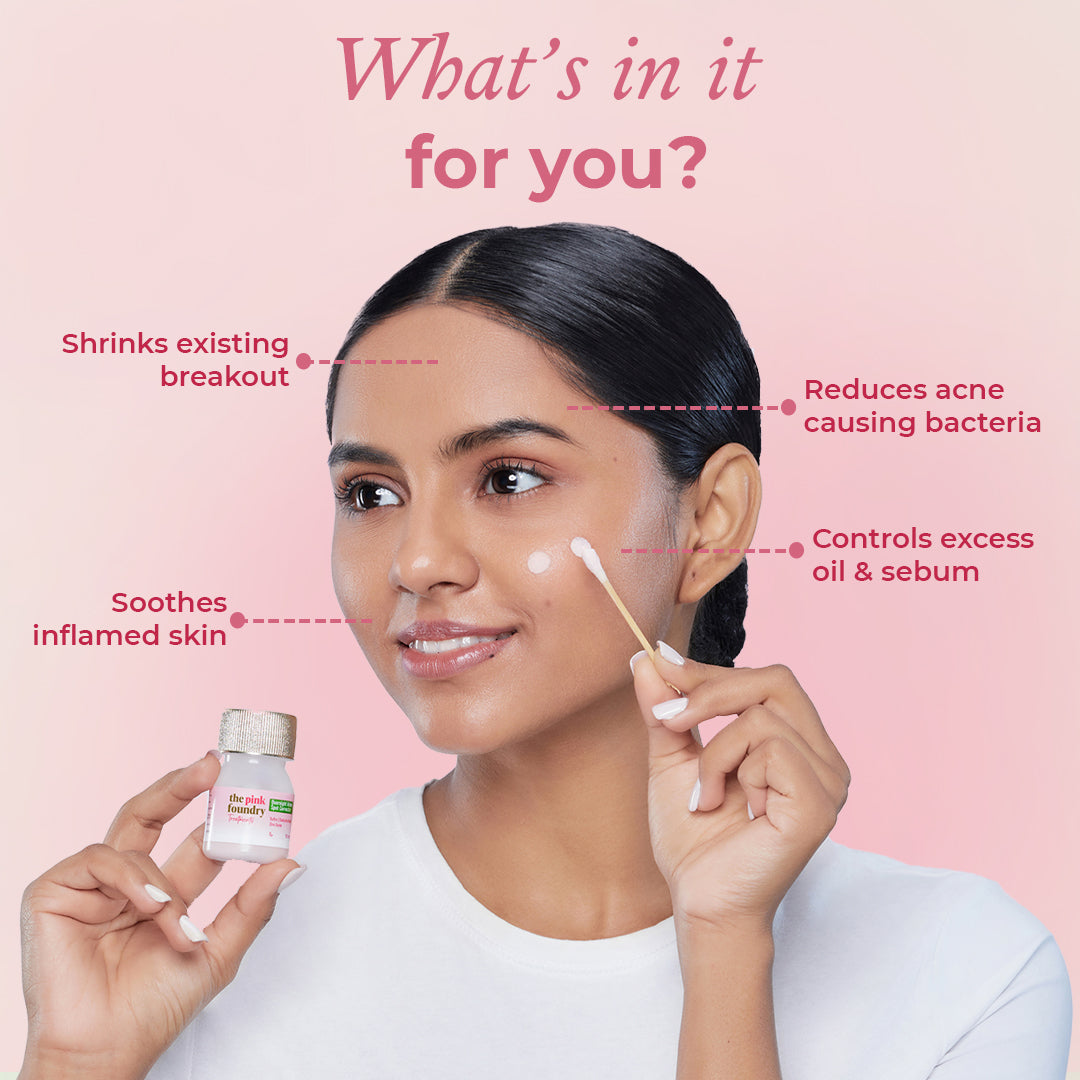
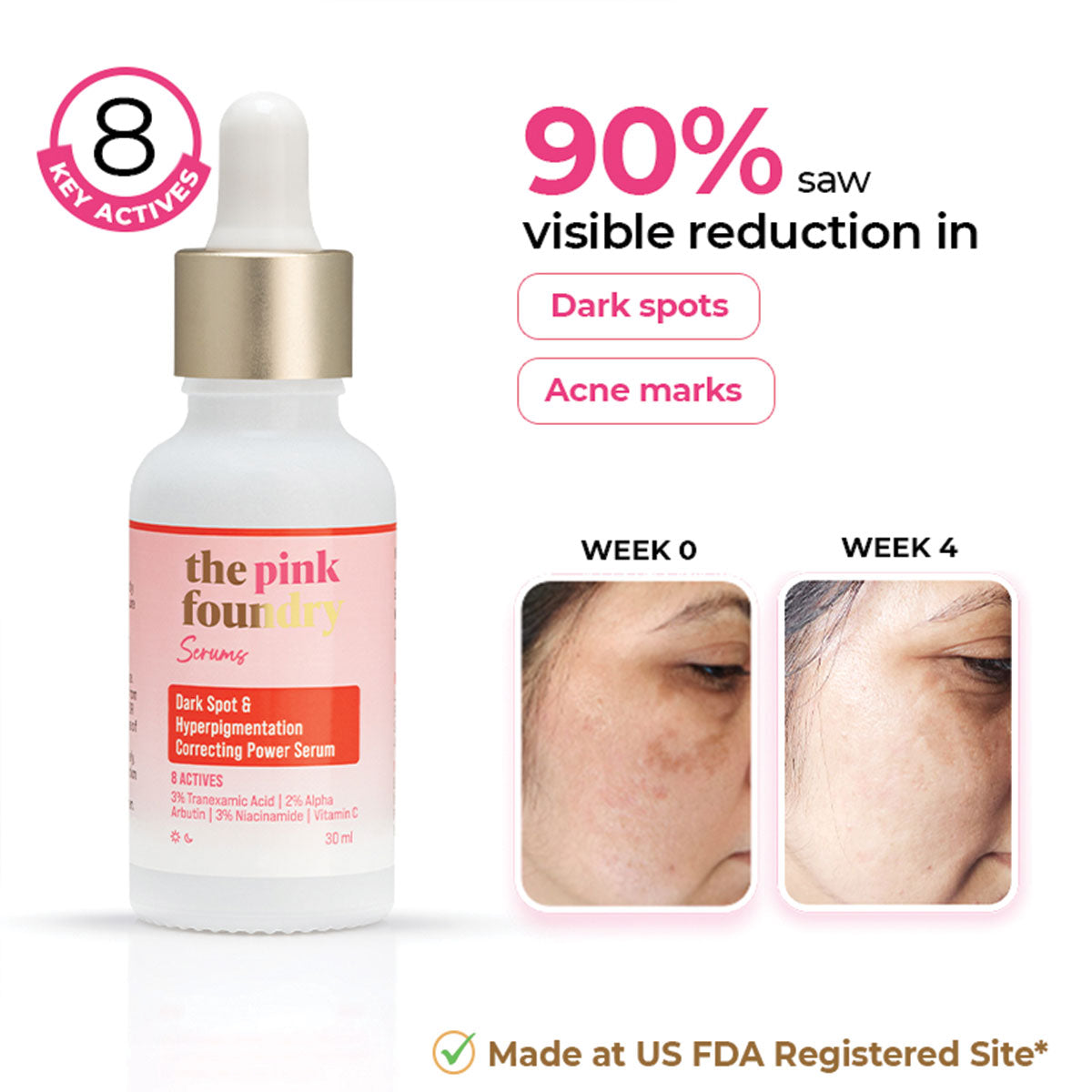
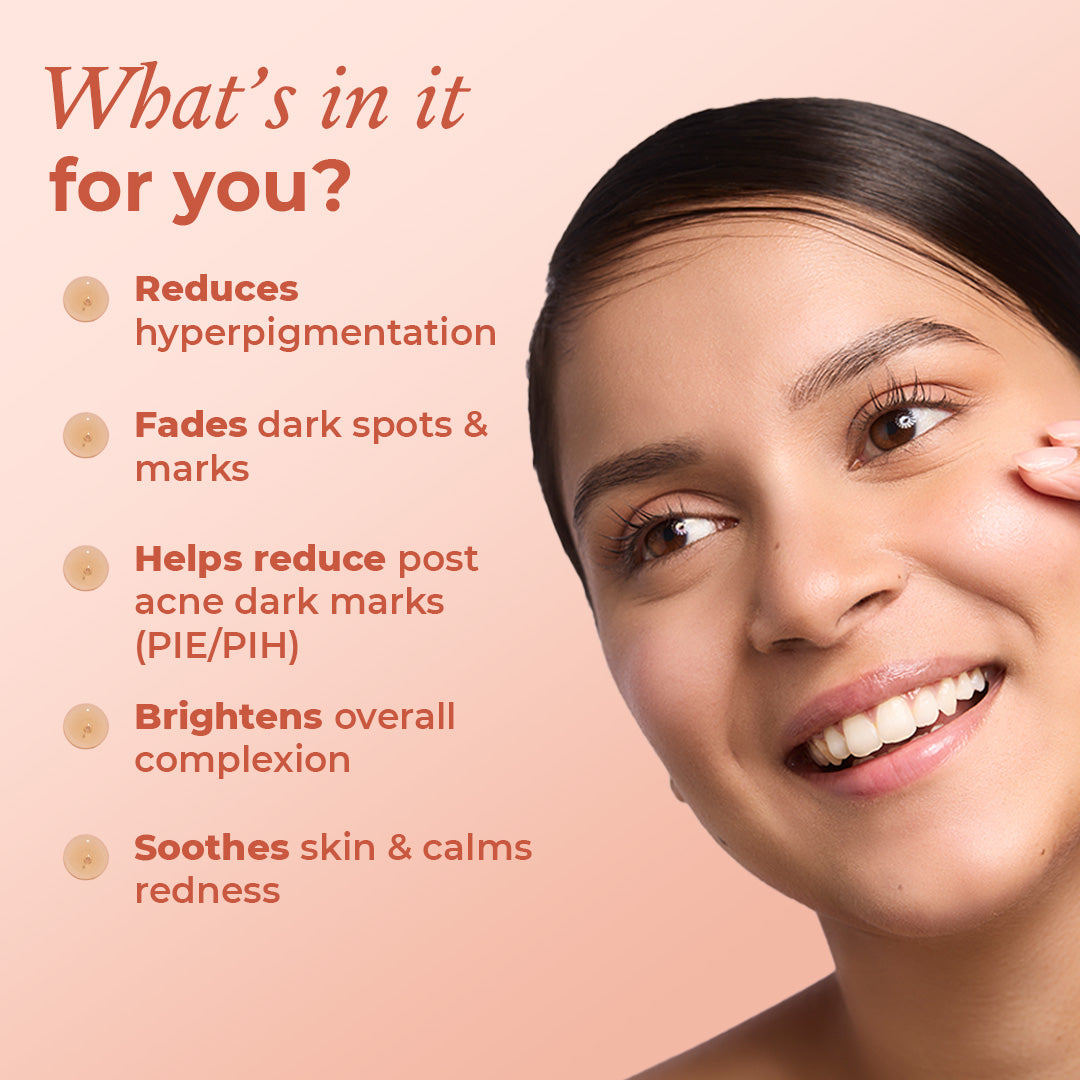
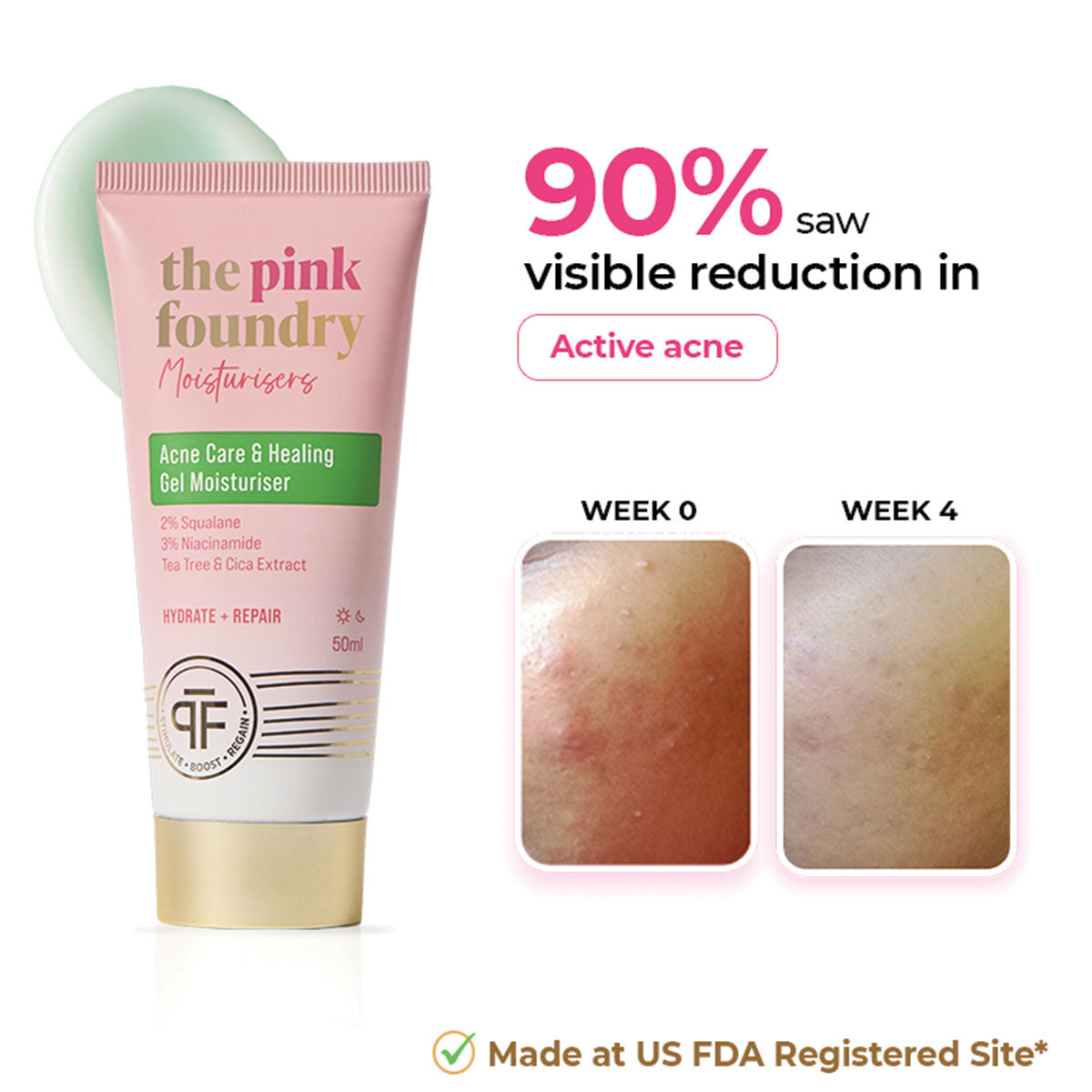
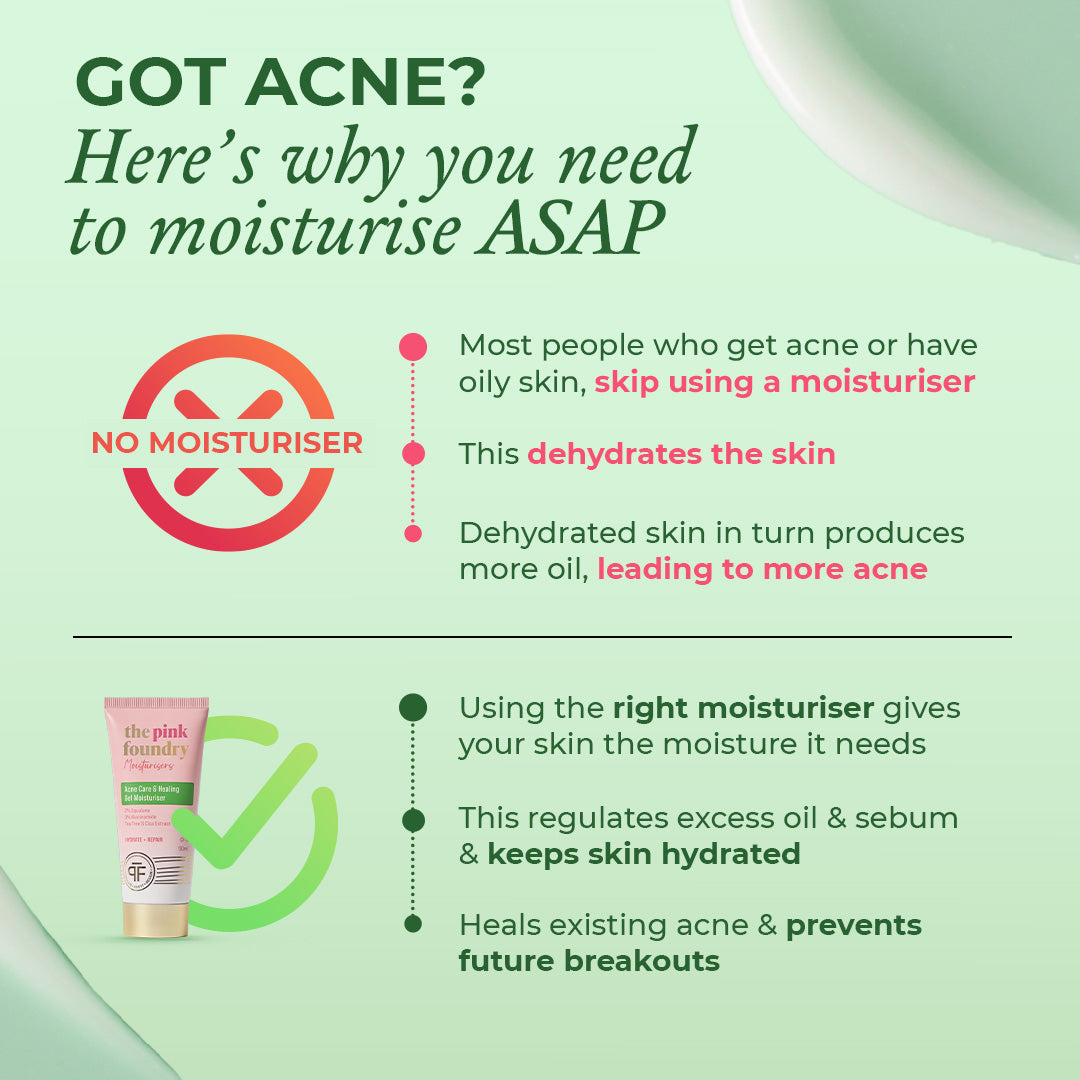
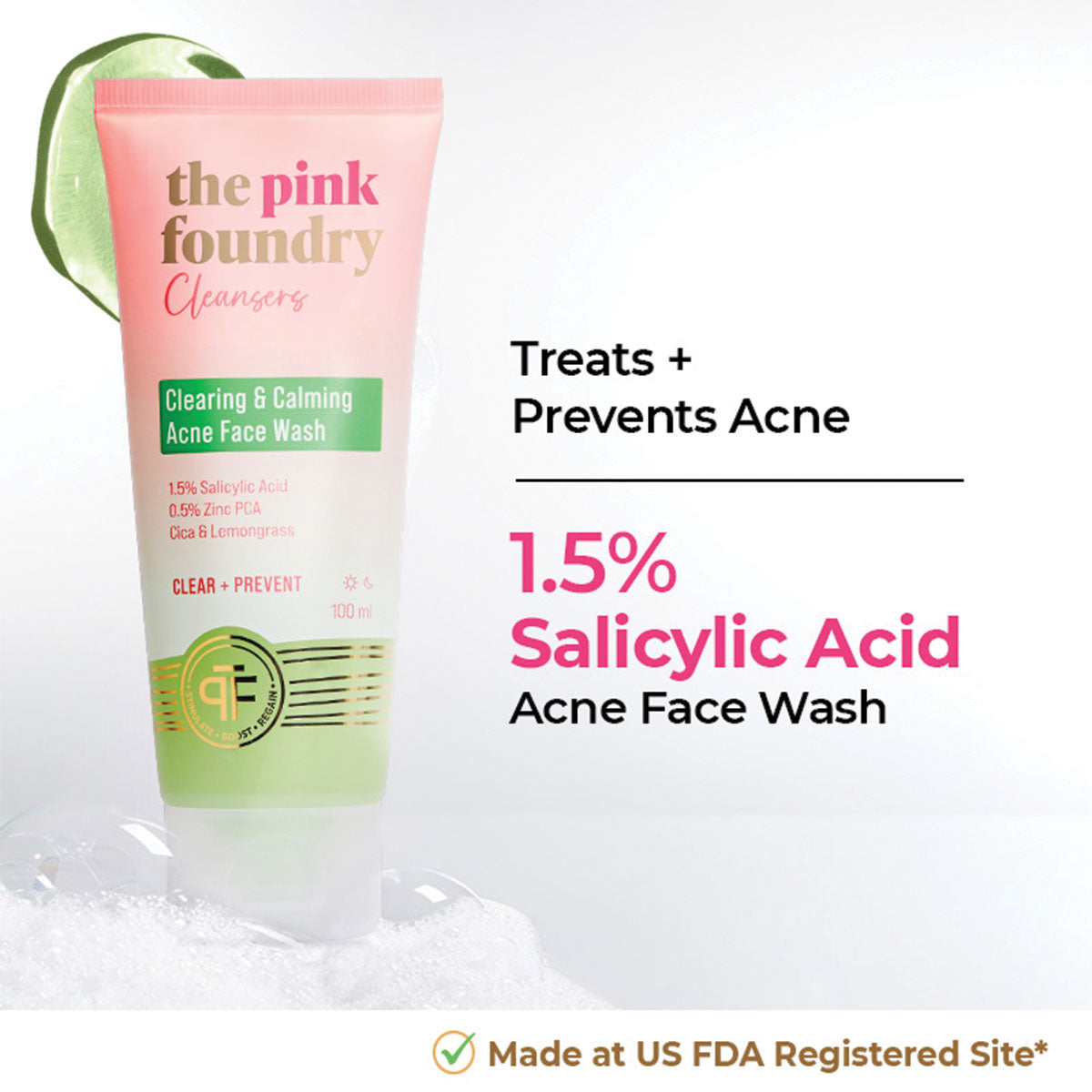
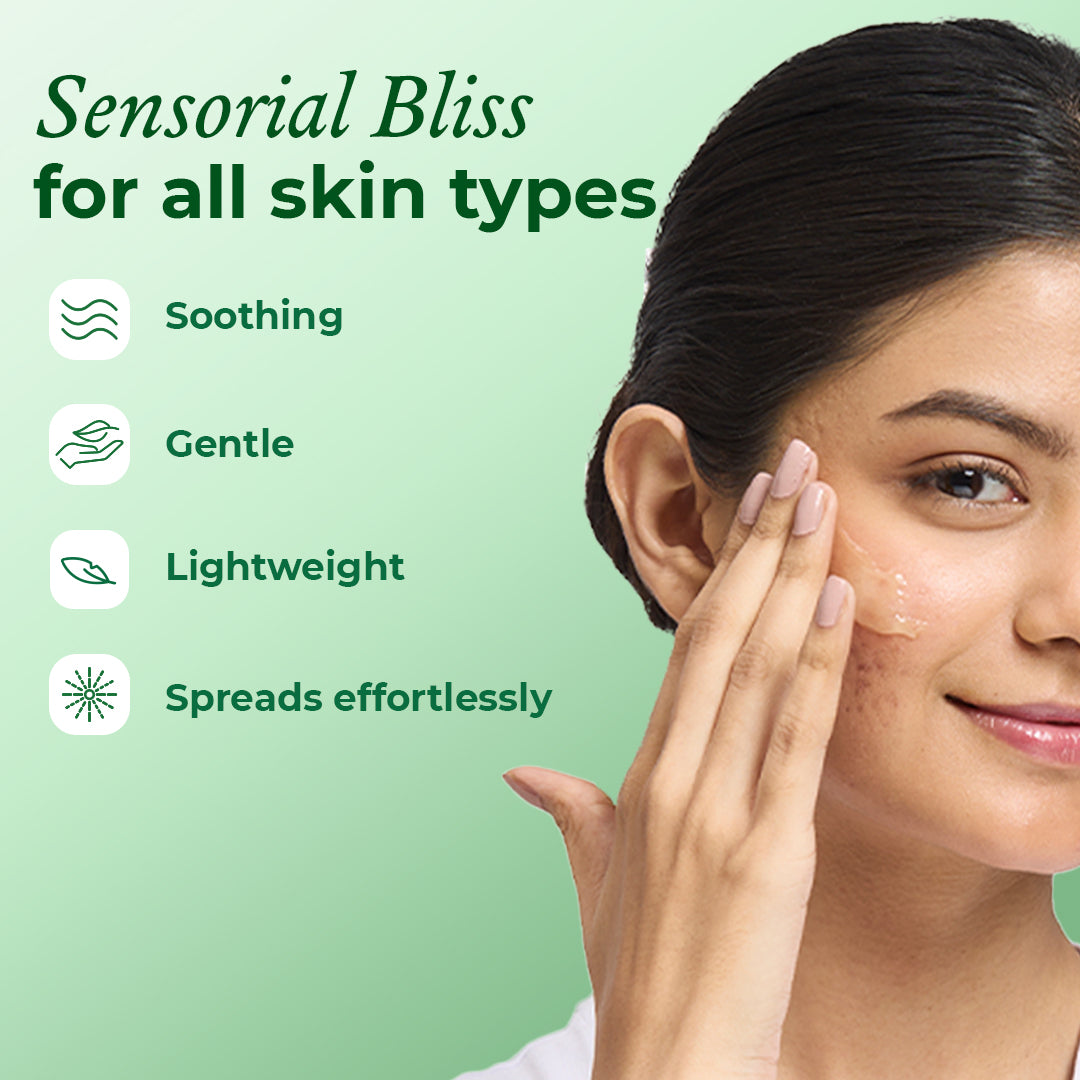
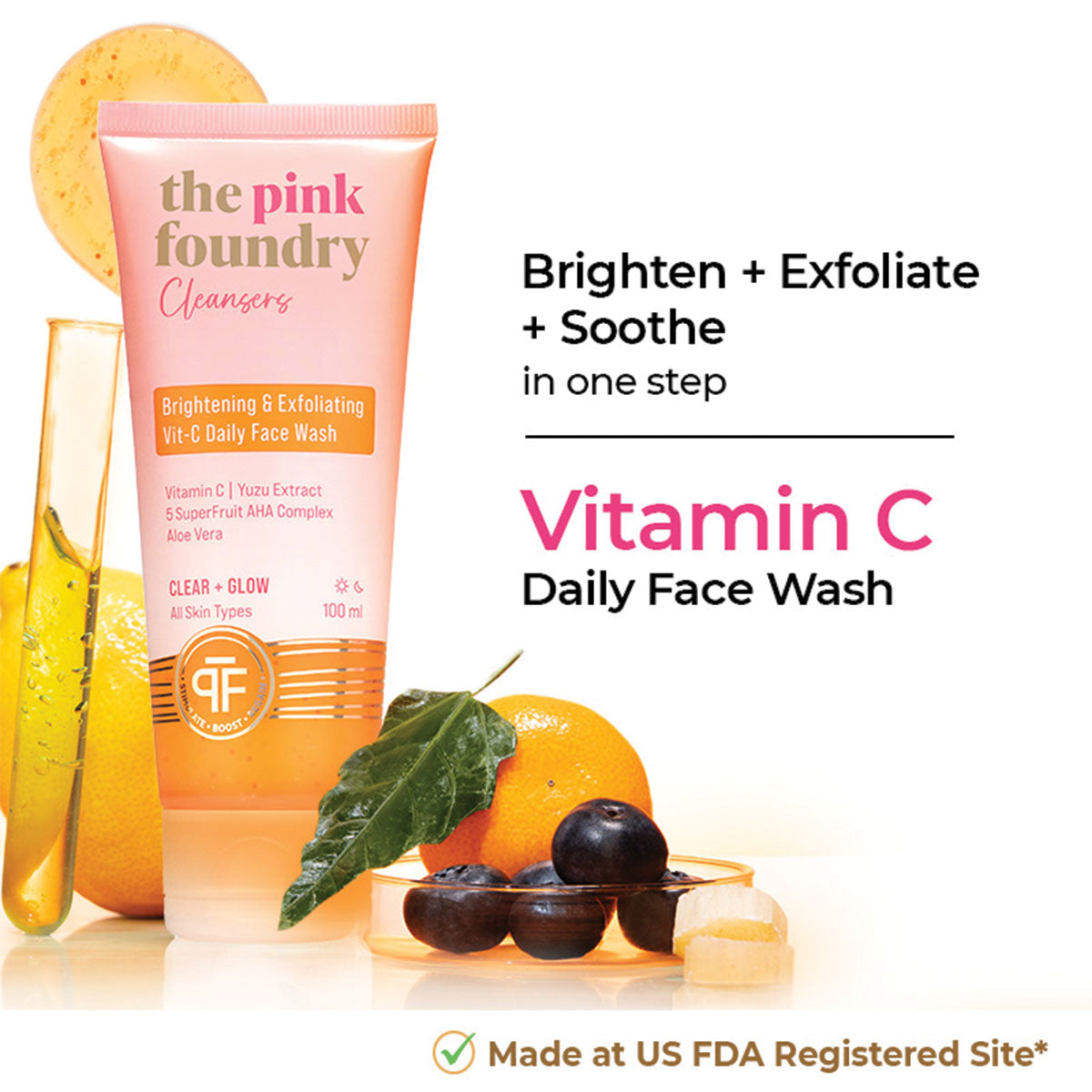
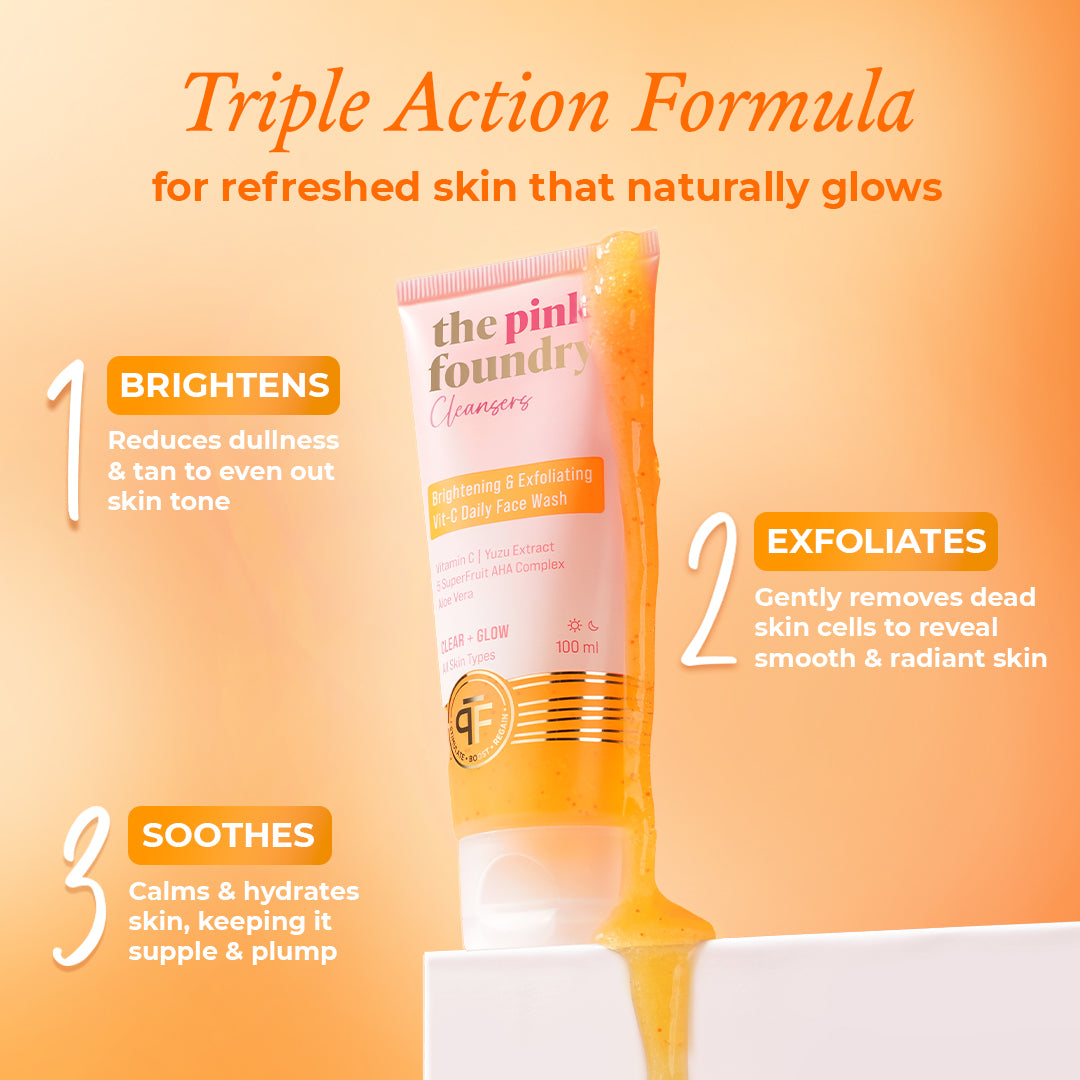

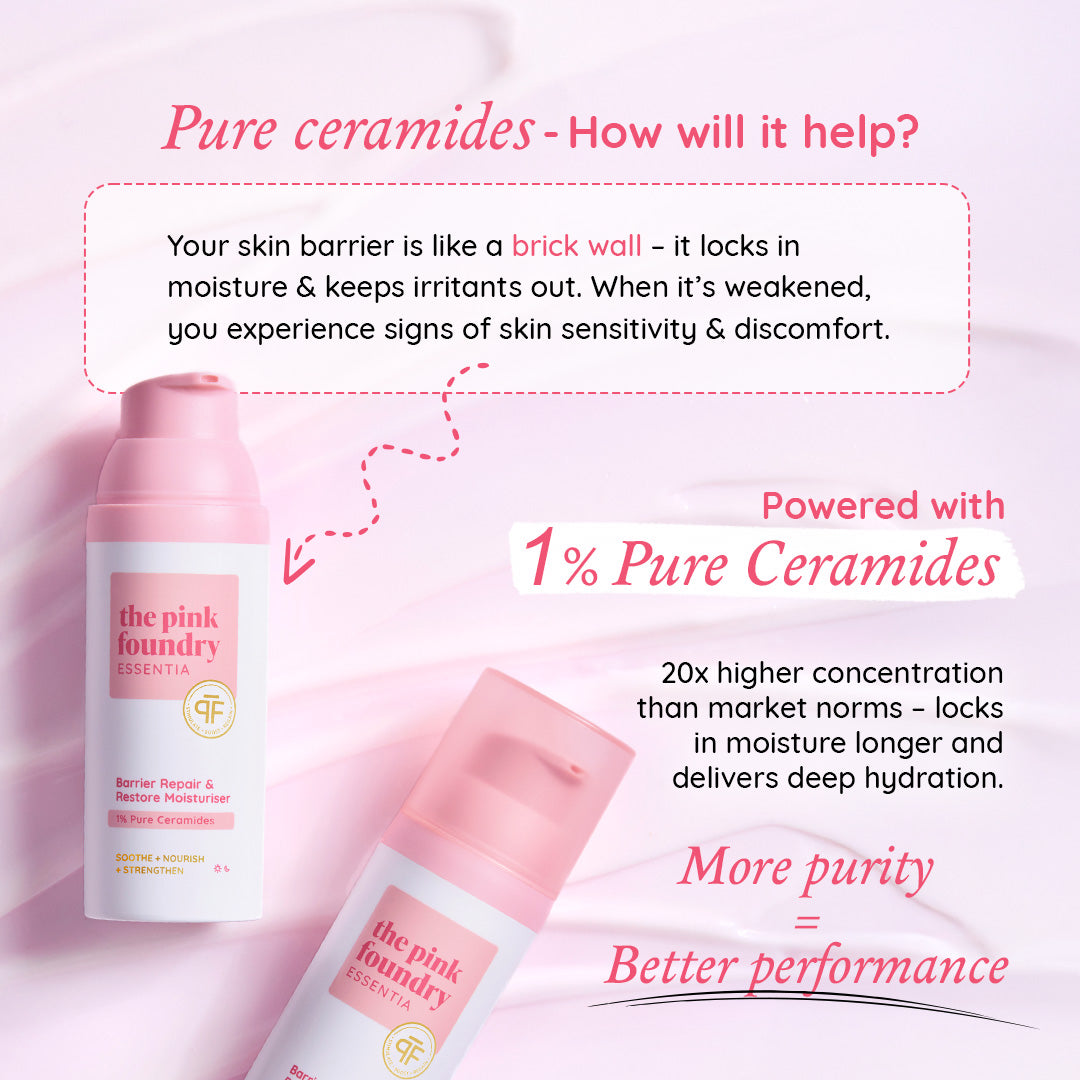




Leave a comment
This site is protected by hCaptcha and the hCaptcha Privacy Policy and Terms of Service apply.